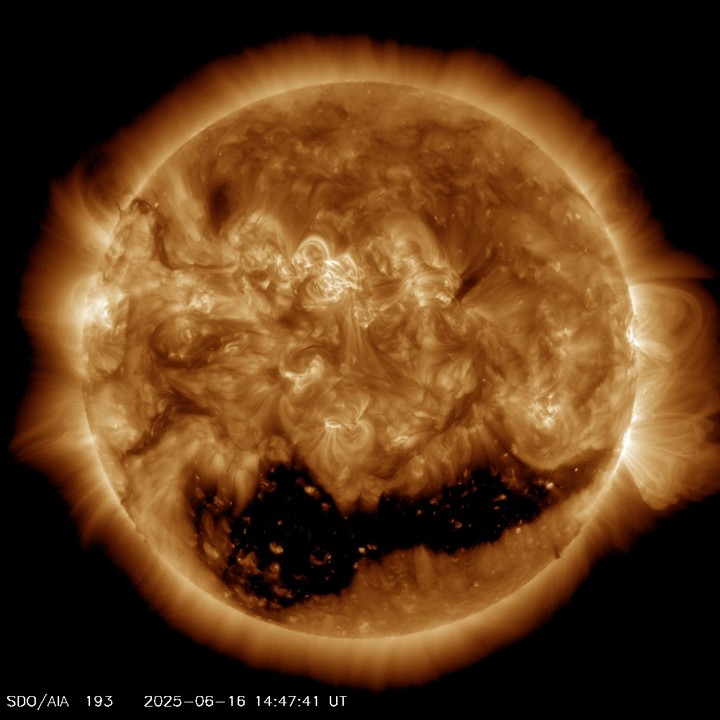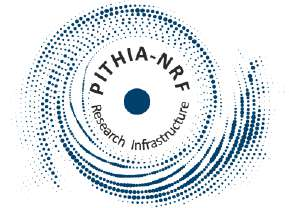The STCE's SC25 Tracking page has been updated to reflect the latest evolution of some critical space weather parameters for the ongoing solar cycle 25 (SC25). It covers various aspects of space weather, from sunspot numbers over geomagnetic indices all the way to cosmic rays. The multiple graphs allow for a comparison with previous solar cycles at similar stages in their evolution.
The graph below shows the daily sunspot number (yellow), monthly mean sunspot number (blue), smoothed monthly sunspot number (red) for the last 13 years as well as the 12-month ahead predictions of the monthly smoothed sunspot number (red dashed lines) provided by the SIDC/SILSO. Following high solar activity during the first half of 2023, and even higher solar activity from April 2024 onwards, the smoothed monthly sunspot number reached a maximum of 160.8 in October 2024. These are still provisional data, but will differ only slightly from the final ones. As a result, SC25 maximum is well above the initial prediction by the SC25 Panel (115), but also well below the moderately strong SC23 (180.3). For the coming years, another maximum remains a possibility, but it is unlikely it will be higher than the one in October last year because the Sun has completed its polar field reversal in 2023, and because the ongoing solar cycle is already 5.5 years in progress. However, despite the expected declining trend, it is virtually certain that over the next 2-3 years there will still be some episodes with very enhanced solar and geomagnetic activity. For example, the Halloween storms took place 2 years after SC23 maximum, and the famous September 2017 storms occurred 3.5 years after SC24 maximum.

Many other parameters such as the 10.7cm radio flux, the number of solar flares, and cosmic rays have reached values similar to SC23 or SC22, i.e. values not seen in 20 or more years. The greater than 2 MeV electron fluence (365-days smoothed) reached a minimum in June 2024. The recent increasing trend is a result from the high-speed, low-density solar wind streams associated with (the return of) large coronal holes affecting the Earth's magnetosphere. These coronal holes are more numerous during the declining trend and minimum of the solar cycle, see e.g. the STCE newsitem. The generated "killer-electrons" constitute a risk to all satellites due to deep-dielectric charging. In the extreme ultraviolet (EUV) image underneath, the dark elongated structure in the Sun's southern hemisphere is a large recurrent coronal hole.






